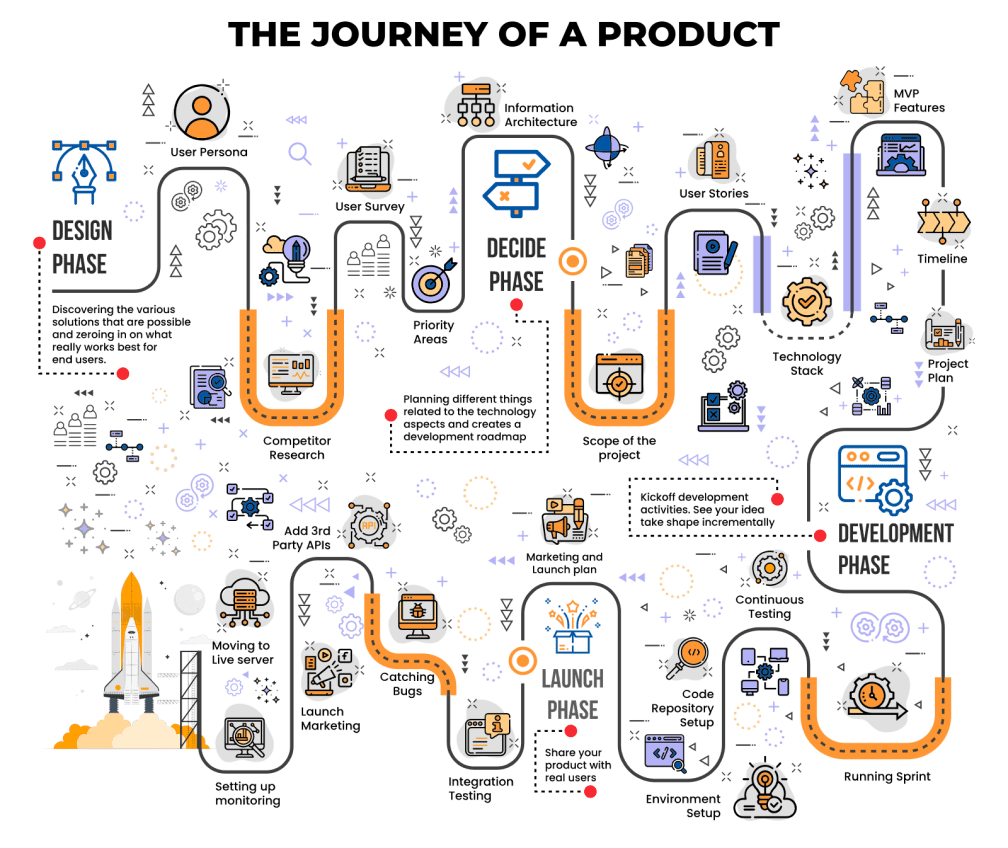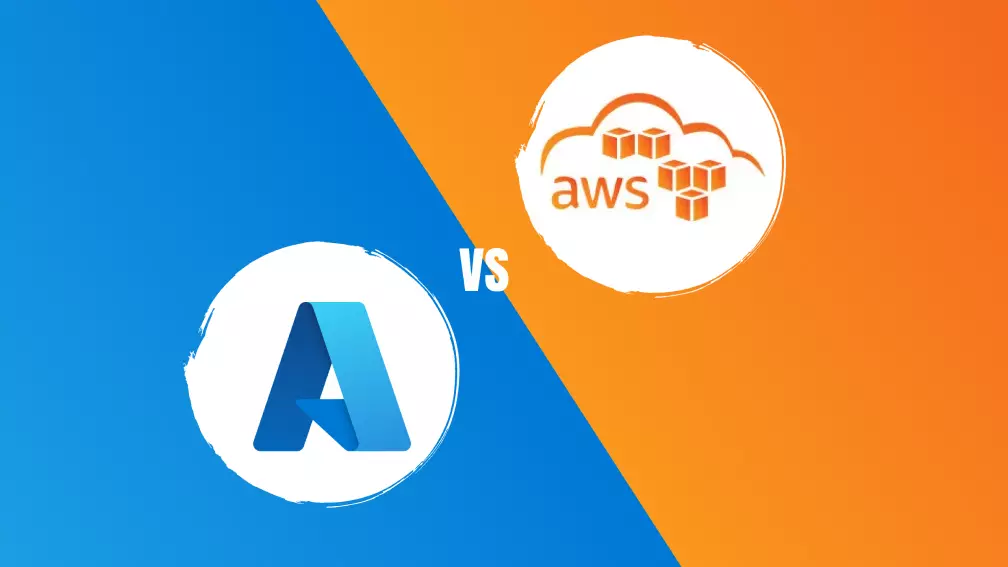New product development guide

Bringing the idea to life may be challenging no matter how brilliant it is. New product development is a sophisticated process that can be conducted by breaking it down into particular stages and specialist involvement.
The first step is idea generation.
The most successful ideas for new products emerge from the gap in the niche. The innovative one-of-the-kind solution will relieve customers’ hidden pain points or optimize current processes. Thanks to market research, you will find both threats and opportunities.
Idea screening.
After brainstorming and outlining the idea, the next step is sorting out the suggestions and concept development. The purpose of this stage is to evaluate the idea's feasibility, profitability, and potential. Based on the competitor analysis, determination of the potential target audience and its needs, looking into the niche, and considering its peculiarities you will put aside futile options.

Concept testing.
There are at least three ways to test the concept's relevance and potential success:
- Survey. The online community is eager to test new products and services. The feedback from the potential end users will give a clearer understanding of their needs, pain points, preferences, and willingness to pay for the product. However, an imprudent list of questions causes misunderstanding or does not gain enough data, so the survey may have to be repeated.
- Qualitative analysis with a focus group. A focus group is a small number of users that can be potentially interested in the product. Live discussion of the presented features will give more qualitative data than any other method. It is your chance to get under the skin of your potential customers and evolve the relevant product.
- Conjoint analysis. The process implies asking your target audience to rate presented features according to different categories. In this way, you will identify real needs and will be able to compose the set of functions for MVP.
Business analysis and marketing strategy development.
This step involves production and marketing costs calculations, possible sales, revenue, and profitability analysis. This stage is intended to ensure the product’s financial viability.

After the results review, there are three possible ways:
- Continue working on the product developed and launching the production stage.
- Modifying the concept and optimizing the expenses.
- Abandonment of the idea due to its inefficiency.
Meanwhile, the marketing strategy includes a value proposition, detailed target market description, distribution and pricing strategies, marketing budget, profit goals, etc.
Product Development.
The essence of this stage is creating Minimum Viable Product according to the previously chosen/discussed features. After setting up the project plan, there are other challenges like sticking to the budget and deadlines, mitigating risks and hidden threats, errors, and testing failures. This stage is the most essential but the most vulnerable at the same time. Also, this stage includes the testing phase.
Market testing includes:
- Alpha testing is when the company’s employees try out the MVP to evaluate its convenience, usability, and conformity with the previously-approved set of features.
- Beta testing is when a test version of MVP is released in the market to validate the product’s applicability and receive feedback.
- Product testing in a limited geographical area or with a particular segment of the target audience. With this method, you will narrow down the target audience and will be able to build up a more efficient marketing strategy.

Launching and commercialization.
This step involves releasing the product in the market and implementing a marketing strategy. The launching stage goal is to create awareness and generate demand for the new product.
Post-launch.
Some companies prefer not to include this stage in the new product development process but exactly post-launch monitoring and maintenance. Gathering feedback from real users will give you the basis for future updates and possible customization. Also, the company may need to adjust its marketing strategy based on the product performance in the market. It may include changes to the pricing strategy, promotional activities, or advertising channels.



